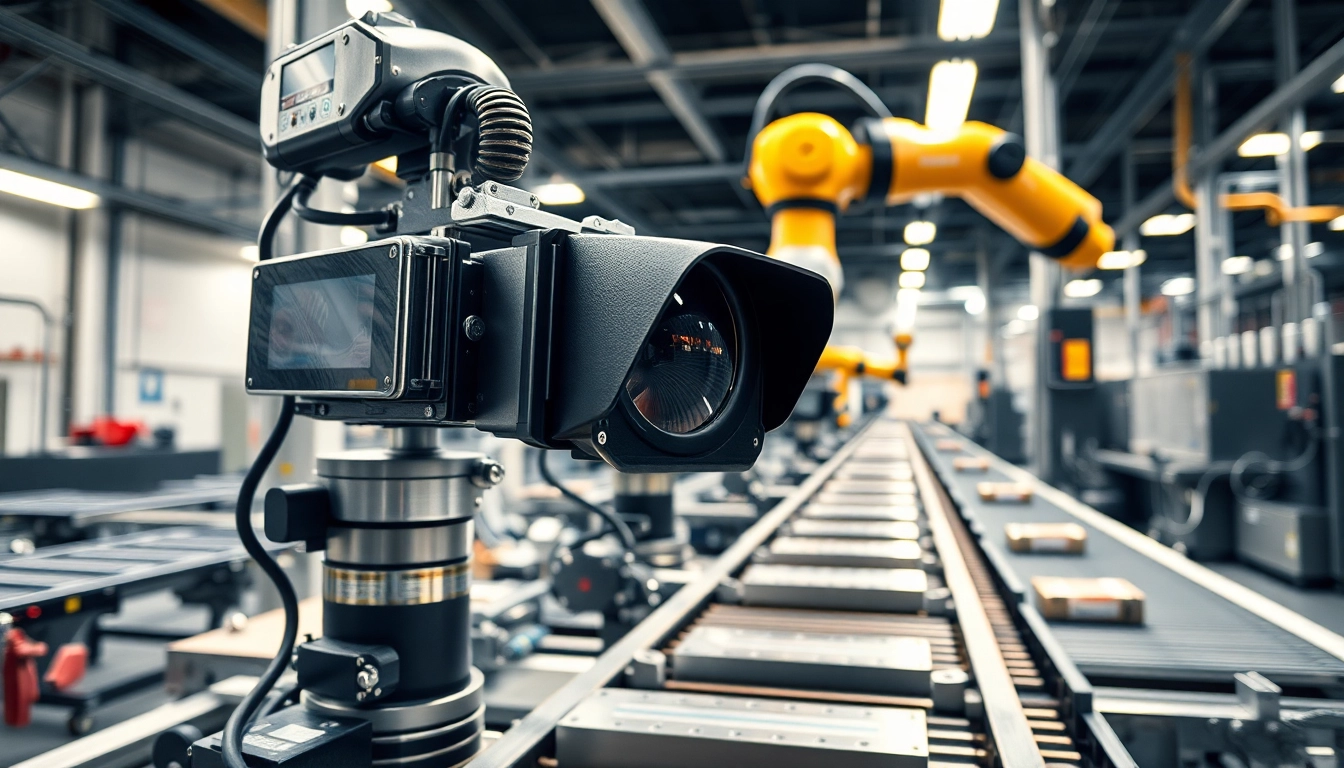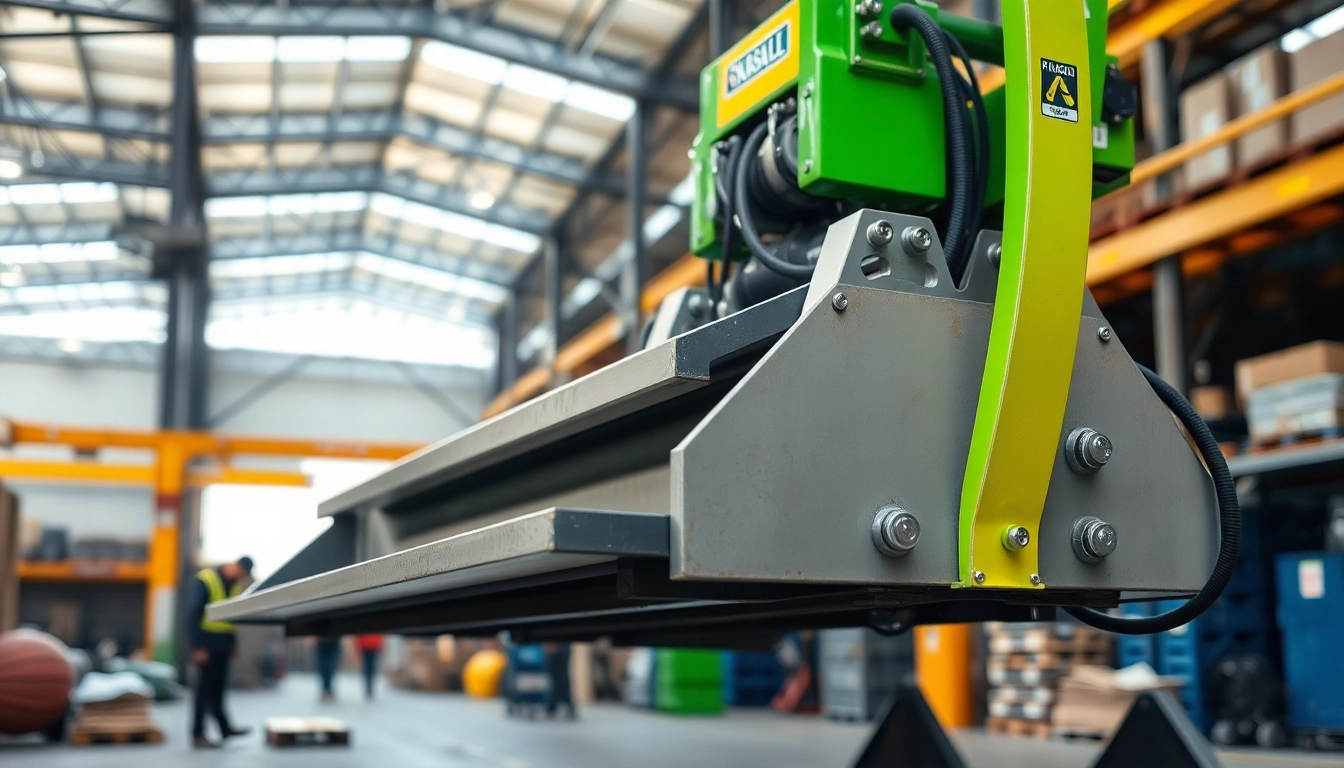The Fundamentals of Machine Vision
Machine vision has transformed the way industries approach automation, quality control, and data analysis. This technology draws upon various components to enable machines to interpret visual information, making decisions without human intervention. To truly grasp the impact and potential of machine vision, we must first understand its fundamental principles and components.
Defining Machine Vision and Its Components
Machine vision refers to the technology and methodologies that provide imaging-based automatic inspection and analysis. At its core, it is about enabling machines to perceive their environments through visual data. The essential components of machine vision systems include:
- Cameras: These devices capture images of the observed environment. The choice of camera is critical, depending on the required resolution and the type of visual information needed.
- Lighting: Appropriate lighting is crucial for capturing high-quality images. Different lighting techniques can be used to enhance the visibility of features in the images.
- Processing Units: These units include hardware and software that process the captured images, enabling analysis and decision-making based on defined criteria.
- Algorithms: The software algorithms used for image analysis often include machine learning models that adapt over time to improve accuracy.
Understanding the roles and interactions of these components is vital for implementing effective machine vision systems in various applications.
The Role of Cameras and Sensors in Machine Vision
Cameras and sensors are the eyes of machine vision systems. They collect visual data that the system will analyze. Different types of cameras serve various purposes:
- 2D Cameras: Primarily used for tasks like barcode reading and simple inspections, these cameras capture flat images.
- 3D Cameras: These devices provide depth information and are crucial for applications requiring spatial awareness, such as robotic navigation or complex inspections.
- Smart Cameras: Integrated systems that combine imaging and processing capabilities, allowing for real-time analysis.
Optics also play a significant role. Lenses and filters can optimize the image quality and focus on specific aspect ratios crucial to the analysis process. The selection of the correct optics depends on the specific application and desired outcomes.
Understanding Image Processing Techniques
Image processing techniques are at the heart of transforming visual inputs into actionable information. Key techniques include:
- Image Enhancement: Techniques such as histogram equalization improve the image quality, making it easier to identify features.
- Feature Extraction: This involves identifying key characteristics of an image, such as edges, shapes, or even textures, which are then used for further analysis.
- Pattern Recognition: Machine vision systems often employ algorithms that can recognize patterns or anomalies, crucial for applications like quality control.
- Machine Learning: By utilizing historical data, machine learning algorithms can improve the accuracy of predictions and analyses.
These techniques are critical for applications across various sectors and can be tailored based on specific project requirements.
Applications of Machine Vision Across Industries
Machine vision is a versatile tool used in a multitude of industries to enhance operations, improve quality, and optimize processes. Its applications span numerous fields, showcasing its significance and versatility.
Machine Vision in Quality Control
One of the most impactful applications of machine vision is in quality control. By implementing these systems, manufacturers can automate the inspection process, ensuring products meet quality standards. Key benefits include:
- Defect Detection: Machine vision systems can instantly detect defects that might be missed by the human eye, preventing faulty products from progressing through the production line.
- Consistent Quality: Automated systems ensure that quality standards are consistently maintained, significantly reducing human error.
- Data Collection: Machine vision systems provide valuable data regarding defects and production variables, facilitating continuous improvement initiatives.
Case studies demonstrate the success of machine vision in quality control, such as in the automotive industry, where it is used to inspect components like bumpers and dashboards for precision and quality.
Automation and Robotics in Manufacturing
Machine vision also plays a critical role in manufacturing automation and robotics. By enabling machines to ‘see,’ it allows for more intelligent decision-making and operations. Key roles include:
- Guidance Systems: Machine vision can guide robotic arms during tasks such as assembly, ensuring components are positioned accurately and efficiently.
- Flexibility: As production needs change, machine vision systems can adapt, allowing for quick reconfiguration of robotic tasks.
- Increased Speed: Automation facilitated by machine vision systems ensures faster production rates without sacrificing accuracy or quality.
Real-world applications of this concept include the use of vision systems in automated pick-and-place operations within warehouses and distribution centers.
Healthcare and Medical Imaging Innovations
Machine vision’s impact extends into the healthcare sector, where it provides innovative solutions in medical imaging. Its applications are transformative:
- Diagnostics: Machine vision systems can analyze medical images for conditions such as tumors, enabling faster and more accurate diagnoses.
- Robotic Surgery: Vision systems aid in enhancing the precision of robotic surgery equipment, improving outcomes and reducing recovery times.
- Telemedicine: Machine vision allows for remote diagnostics by providing detailed imaging capabilities and analysis tools for healthcare providers.
By automating and augmenting processes, machine vision is revolutionizing patient care and operational efficiency within healthcare systems.
Key Benefits of Implementing Machine Vision Systems
Incorporating machine vision systems offers various benefits that can significantly enhance operational efficiency and effectiveness. Understanding these benefits is crucial for businesses considering such implementations.
Enhancing Efficiency and Productivity
The integration of machine vision increases overall efficiency in production lines. Automated inspection and analysis reduce the time taken for quality checks, enabling faster turnaround times. This not only boosts productivity but allows for the implementation of just-in-time production methodologies.
Studies indicate that organizations implementing machine vision have achieved productivity increases of up to 30% in some settings, primarily due to less downtime caused by inspection and error correction.
Cost Reduction Through Automation
By limiting the need for manual inspections and reducing human error, machine vision systems can lower operational costs significantly. The financial benefits include:
- Labor Costs: Automation decreases the labor burden of quality inspections, freeing up workforce resources for more skilled tasks.
- Reduced Waste: Enhanced detection capabilities ensure fewer defects pass through to later stages of production, minimizing material waste and associated costs.
- Long-term Investment: Though the initial investment in machine vision systems may be significant, the return on investment (ROI) is often realized within a few years through increased profitability.
Improving Accuracy and Consistency
Machine vision enhances the accuracy of measurements and inspections. Unlike humans, machine vision systems are not prone to fatigue or distraction, ensuring more consistent output quality. By providing precise data and reliable processing, businesses can confidently make quality adjustments in real-time.
For instance, in food production, machine vision systems can ensure consistent sizing and packaging of products, helping to maintain consumer trust and compliance with regulations.
Challenges and Considerations in Machine Vision
Despite the numerous benefits of machine vision systems, organizations must also grapple with certain challenges. Understanding these can prepare businesses to adopt machine vision more effectively.
Addressing Integration with Existing Technologies
Integrating machine vision systems with legacy technologies can pose significant challenges. Many manufacturing environments still rely on older machines that may not readily support advanced vision systems. Considerations include:
- Compatibility: Ensuring new systems can interface seamlessly with existing machinery to leverage current investments.
- Training: Staff will require training to understand how to operate and maintain the new systems alongside older equipment.
- Software Integration: Custom software solutions may be necessary to link machine vision outputs with existing data management systems.
Proper planning and consultation with technology providers can mitigate these issues, ensuring a smoother transition to modern systems.
Overcoming Limitations of Current Machine Vision Solutions
Machine vision technology is continuously evolving, yet limitations remain. Organizations must recognize these when deploying such systems:
- Image Quality: Poor lighting or unsuitable camera selection can affect image quality, leading to inaccurate assessments.
- Variability in Products: Variance in products can challenge detection algorithms, requiring continuous updates and training for machine learning models.
- Maintenance Needs: Regular maintenance and calibration are essential to maintain system performance and accuracy over time.
Choosing the right solutions and committing to ongoing training and technical support can significantly reduce the impacts of these limitations.
Future-Proofing Machine Vision Implementation
As technology advances, organizations must consider how to future-proof their machine vision investments. Essential strategies include:
- Scalability: Investing in systems that can scale with business growth and changing needs ensures longevity.
- Investing in AI and Automation: AI integration allows machine vision systems to learn from mistakes and adapt, enhancing performance with minimal human intervention.
- Keeping Abreast of Trends: Staying informed about new technologies and methodologies within the field enables organizations to continuously adapt and optimize their systems.
Planning for the future can transform machine vision from a one-time solution into an integral part of business strategy.
The Future of Machine Vision Technology
The evolution of machine vision is ongoing, and its future is poised for significant advancements. Several emerging trends and technologies shape this field, offering exciting possibilities.
Trends Shaping the Future of Machine Vision
As industries embrace Industry 4.0, machine vision will increasingly integrate with other technologies to enhance capabilities:
- Edge Computing: Processing data closer to where it’s generated reduces latency and improves response times, crucial for real-time applications.
- Cloud Integration: Storing and processing data in the cloud allows for larger datasets to improve machine learning algorithms and optimize machine vision accuracy.
- Enhanced Connectivity: With the rise of the Internet of Things (IoT), machine vision systems will connect with more devices, enabling comprehensive data analysis and collaborative decision-making.
These trends will lead to systems that are more agile, efficient, and capable of handling complex tasks.
AI and Machine Learning in Vision Systems
AI and machine learning are critical drivers for the next generation of machine vision systems. Through machine learning algorithms, these systems can analyze large volumes of visual data and discern patterns that may be invisible to traditional algorithms. Benefits include:
- Adaptive Learning: Systems capable of learning and evolving with new data can maintain high accuracy in varying conditions.
- Predictive Maintenance: Machine learning can forecast equipment failures by identifying irregular patterns in data, leading to proactive interventions.
- Enhanced Decision-Making: AI assists in processing and interpreting vast amounts of visual information, delivering more actionable insights to operators.
The growing intersection of AI with machine vision promises to unlock new levels of automation and insight across industries.
The Potential of 3D and Beyond in Machine Vision
The future of machine vision also lies in the advancement of 3D vision systems. Utilizing 3D imaging opens up new possibilities in various sectors:
- Complex Inspections: 3D systems can capture volume and surface features, providing a more comprehensive analysis of products.
- Robotics Navigation: Enhanced depth perception allows robots to navigate and manipulate objects in dynamic environments more efficiently.
- Augmented Reality (AR): Combining AR with machine vision creates opportunities for training and applications in areas such as remote support and surgical procedures.
As technology continues to advance, the capabilities of machine vision will expand, making it an essential component of future industrial practices.


